I am writing the Linq query as below: But on run its throwing the following error:
The method 'Join' cannot follow the method 'SelectMany' or is not supported. Try writing the query in terms of supported methods or call the 'AsEnumerable' or 'ToList' method before calling unsupported methods.
LINQ
from a in AccountSet
join sm in new_schoolMemberSet on a.AccountId equals sm.new_OrganisationId.Id
into ps from suboc in ps.DefaultIfEmpty()
join sr in new_schoolRoleSet on suboc.new_SchoolRoleId.Id equals sr.new_schoolRoleId
where sr.new_name == "Manager"
where a.new_OrganisationType.Value == 430870007
select new { a.AccountId, suboc.new_schoolMemberName }
I am expecting the result as below:

I never used the Outer join in Linq before. So please correct me if I am doing it wrong.
Thanks